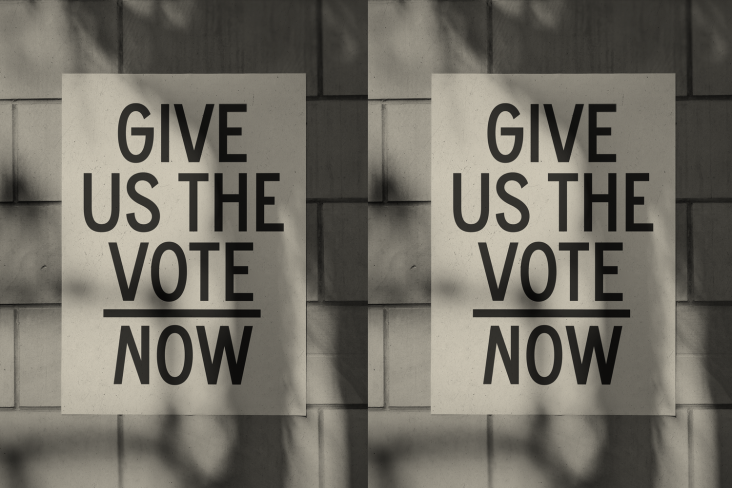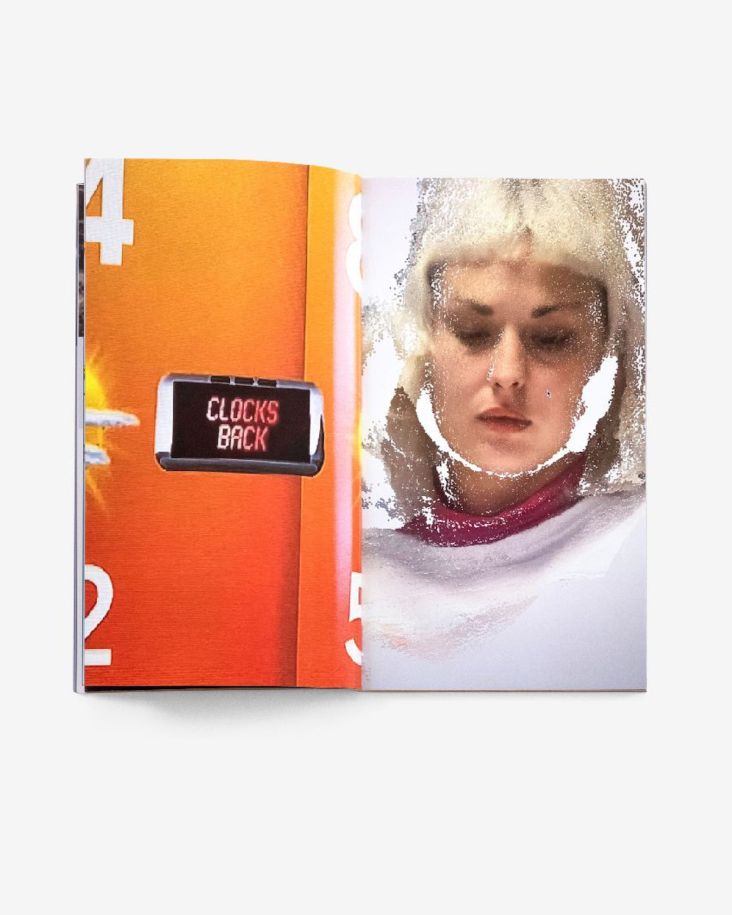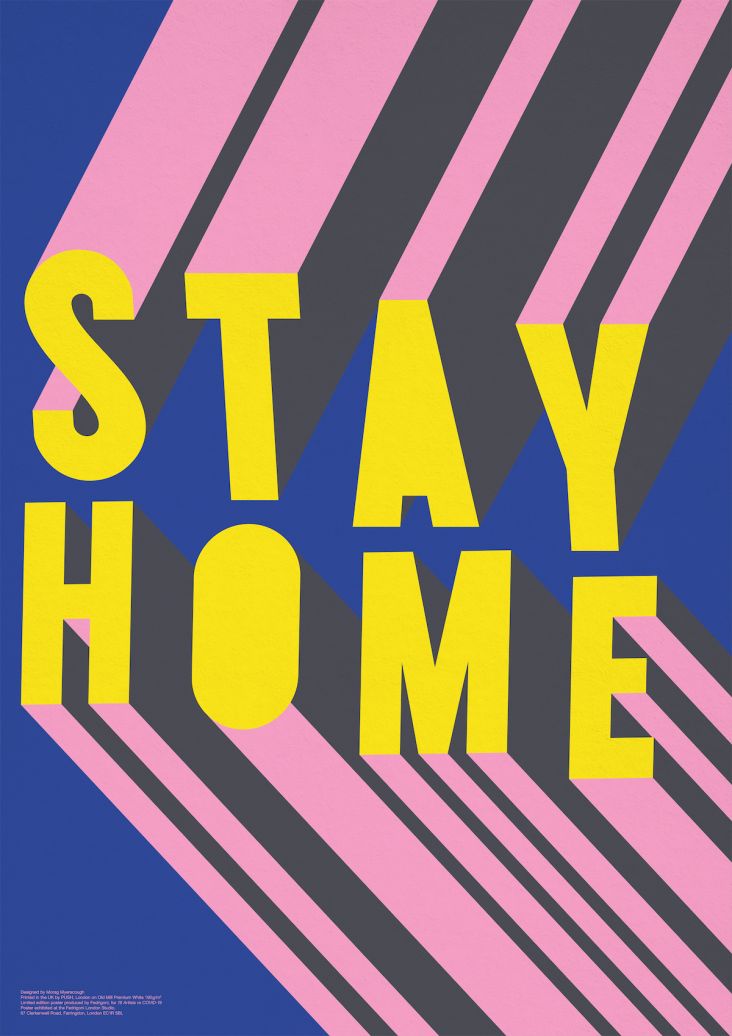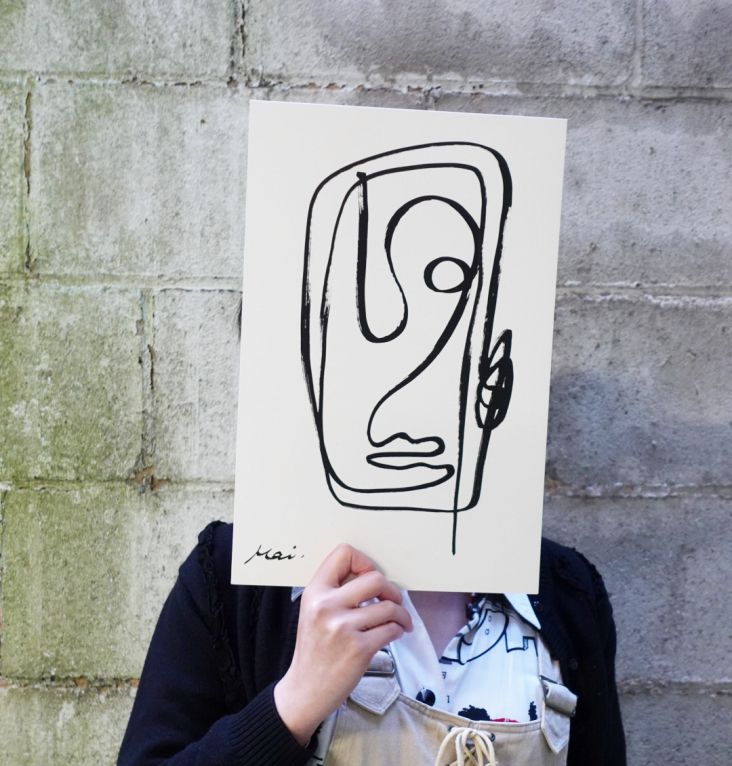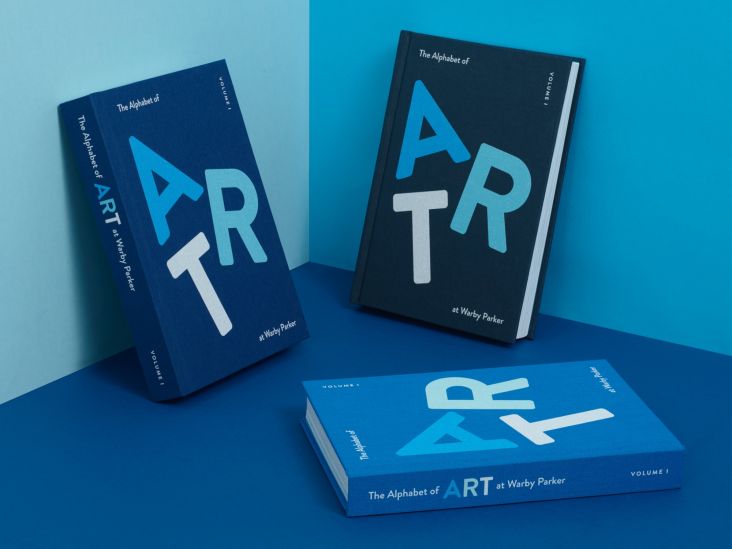'When you are teaching art, you're helping people realise who and what they are'
"Teaching art is akin to a human right; art teachers are human rights workers," says artist Bob and Roberta Smith, discussing the effects of the pandemic on arts education with UK charity The Arts Society.
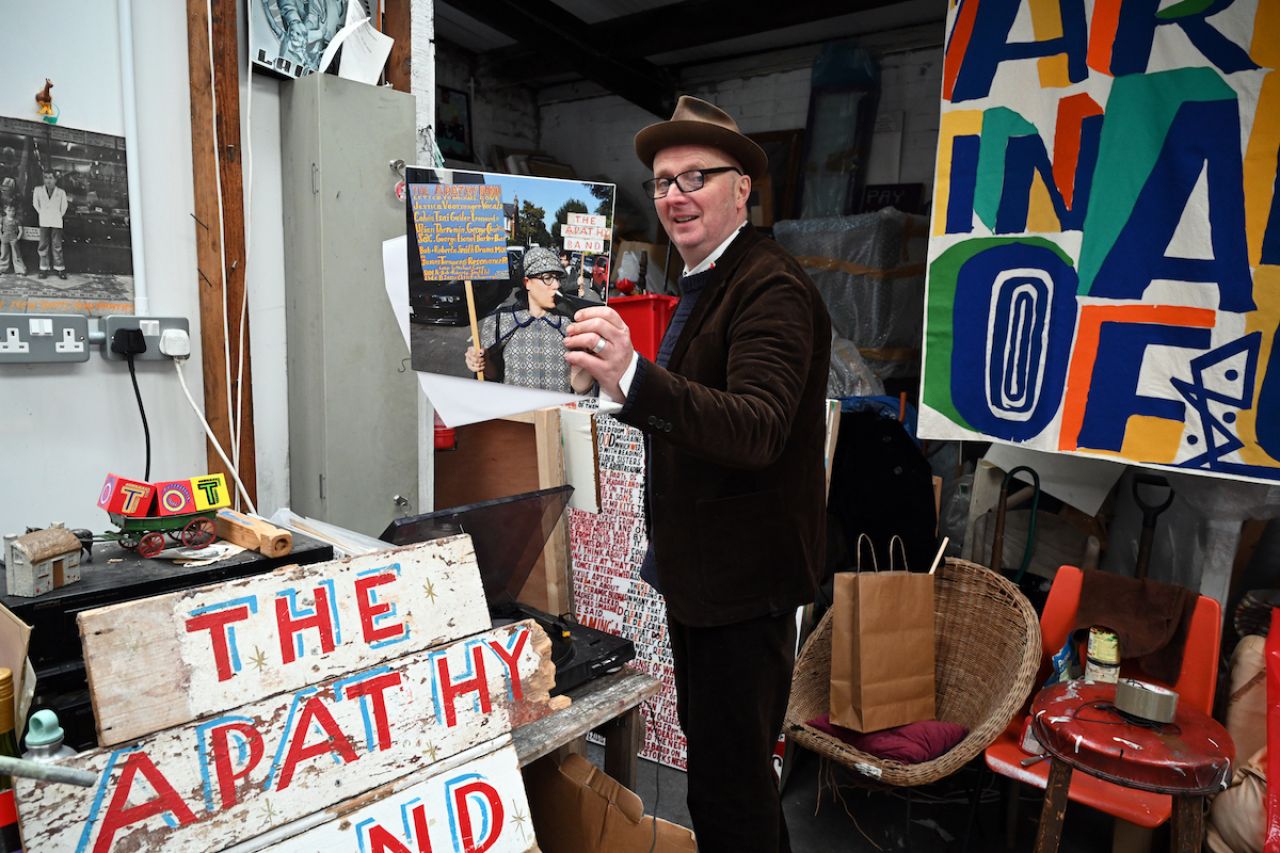
Bob and Roberta Smith, photo by John Millar
Bob and Roberta Smith (real name Patrick Brill) underscore the power of art to help people advocate for themselves, process real-life events, and escape from them through whatever medium they choose through the power of imagination. "It's about looking and listening to the world and asking," he says. "The less art you have, the fewer truth seekers."
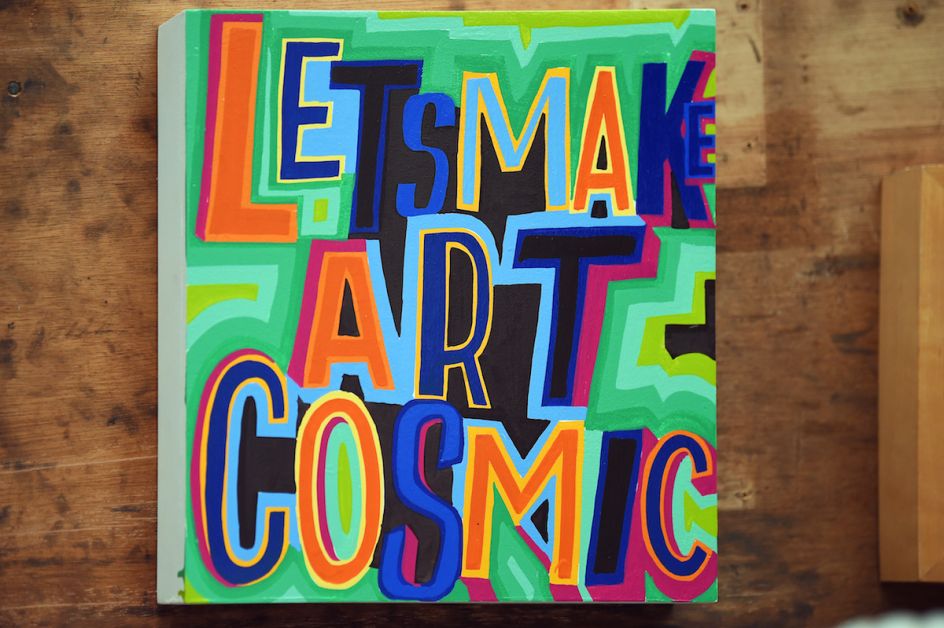
Bob and Roberta Smith, photo by John Millar
Crucially, he says that the best art teachers aren't those who "teach" in the traditional sense – telling or dogmatically guiding – but those who give pupils agency: "Don’t tell the student to look at Duchamp…ask instead what it is they want to do. Ask them how they are going to throw pebbles into the pool of culture that will cause ripples.
"There has to be a transformation in the way we teach art. It needs to be built on ideas of self-expression – that’s the way it is done in the best art education. Make more. Encourage students to manifest the things they feel are important."
Smith and The Arts Society are both currently campaigning for better arts education; a cause that could easily be overlooked within post-lockdown scrambles to return to some semblance of normality.
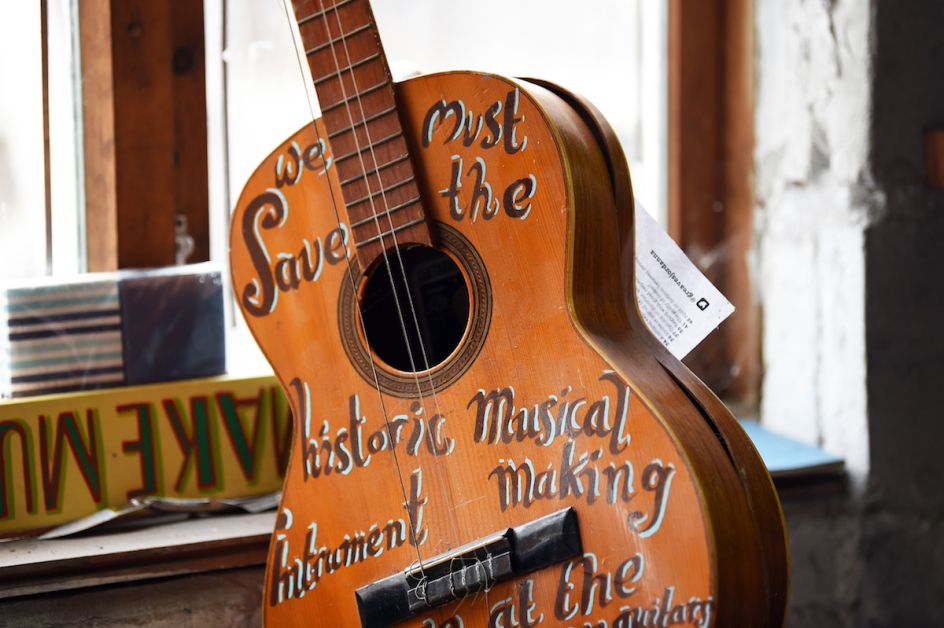
Bob and Roberta Smith, photo by John Millar
In the interview, published in The Arts Society Magazine Spring Issue 2021 (photo by John Millar), Smith speaks with editor Sue Herdman about why that cause is more important than ever—the organisation states its intention to speak up and take action "to prevent arts education from disappearing from the UK completely".
The Arts Society adds that the devastating effects of the pandemic on arts education have been even more severe thanks to many tools that might have historically been viewed as alternatives to school-based arts education—accessible museums and theatres, for instance—have closed indefinitely.
"Think of all those kids who [in this time] haven't seen an amazing piece of new theatre, who haven't been excited to lift a guitar for the first time; who haven't been to an exhibition that spurs them to think: 'I can do this!'. That's a huge loss," says Smith.
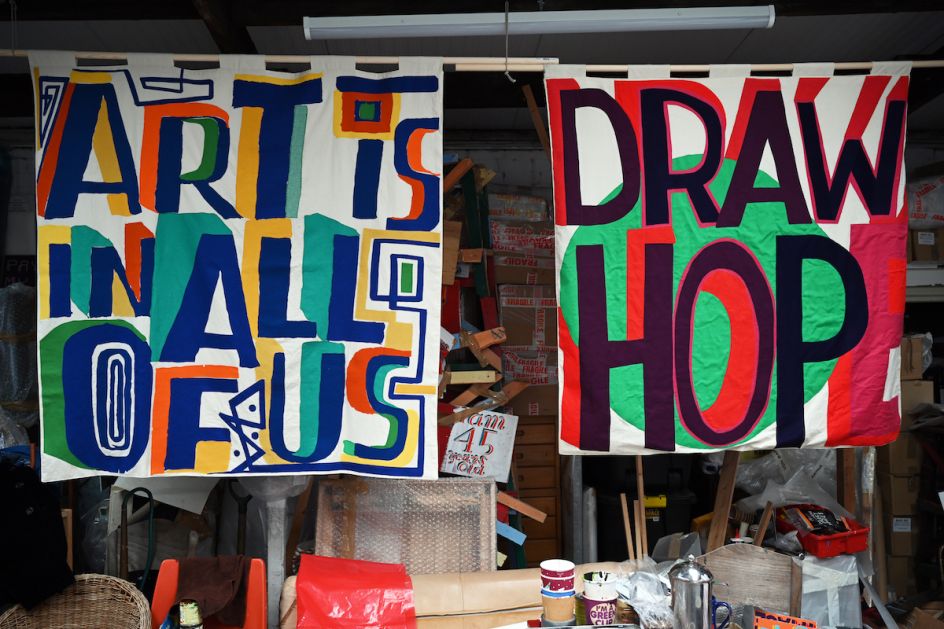
Bob and Roberta Smith, photo by John Millar
"When we have access to the arts – when you are teaching art – you're enabling something fundamental; you are helping people realise who and what they are.”
This is far from a new theme for Bob and Roberta Smith: he's well known for his charmingly yet deadly serious painted letterforms outlining the government's shortcomings when it comes to accessible art for everyone. His recent statements bolster his previous campaign work around arts education, such as his flash mobs and the 2011 Letter to Michael Gove. His new work titled There is Still Art, There is Still Hope was shown at The Royal Academy's Summer Exhibition last year.
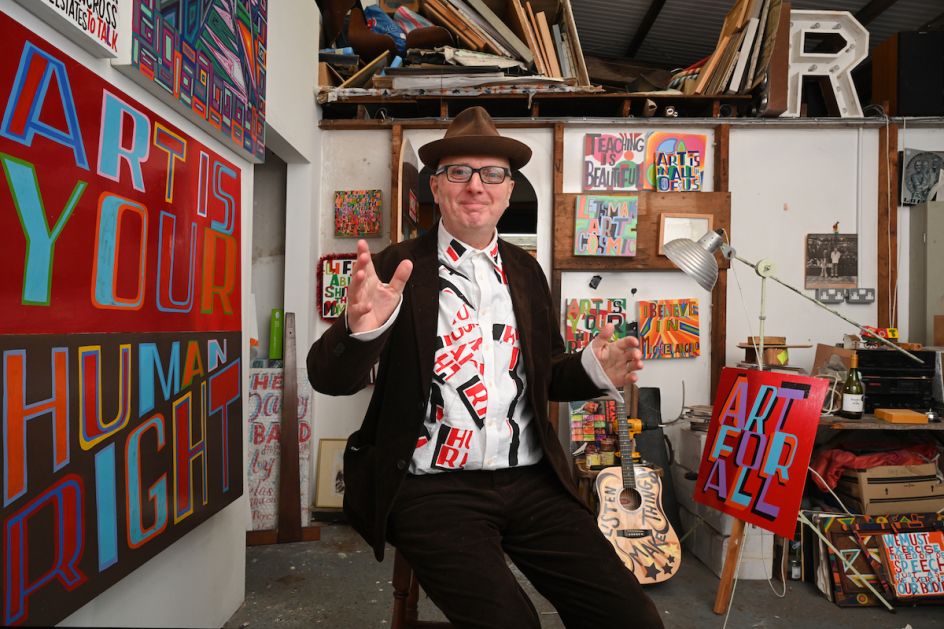
Bob and Roberta Smith, photo by John Millar
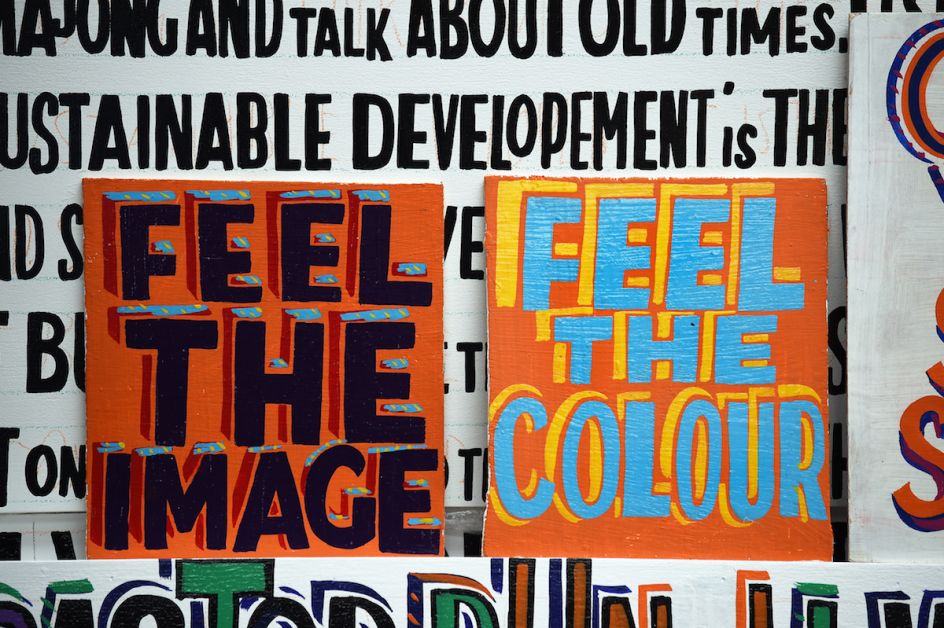
Bob and Roberta Smith, photo by John Millar
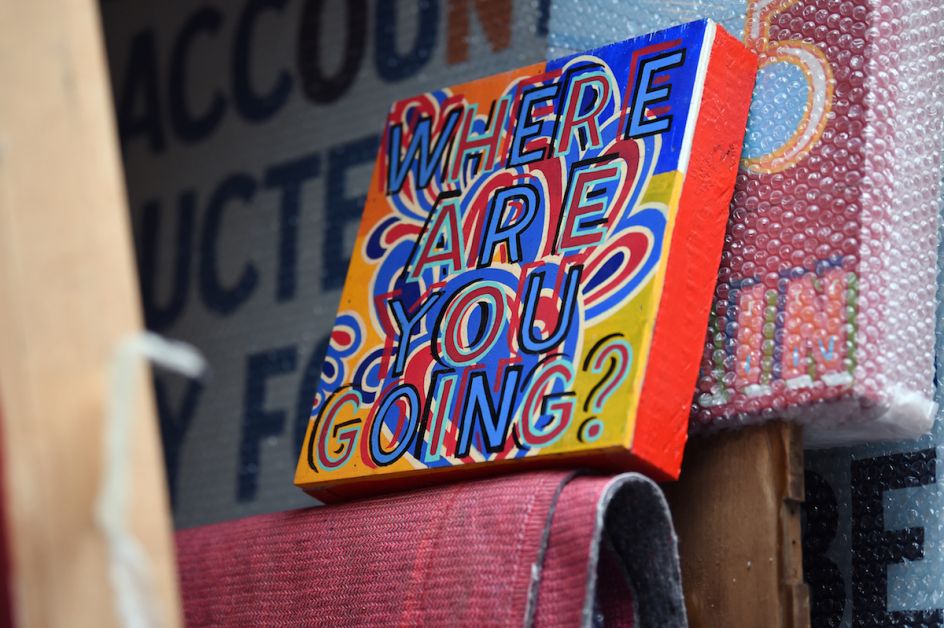
Bob and Roberta Smith, photo by John Millar
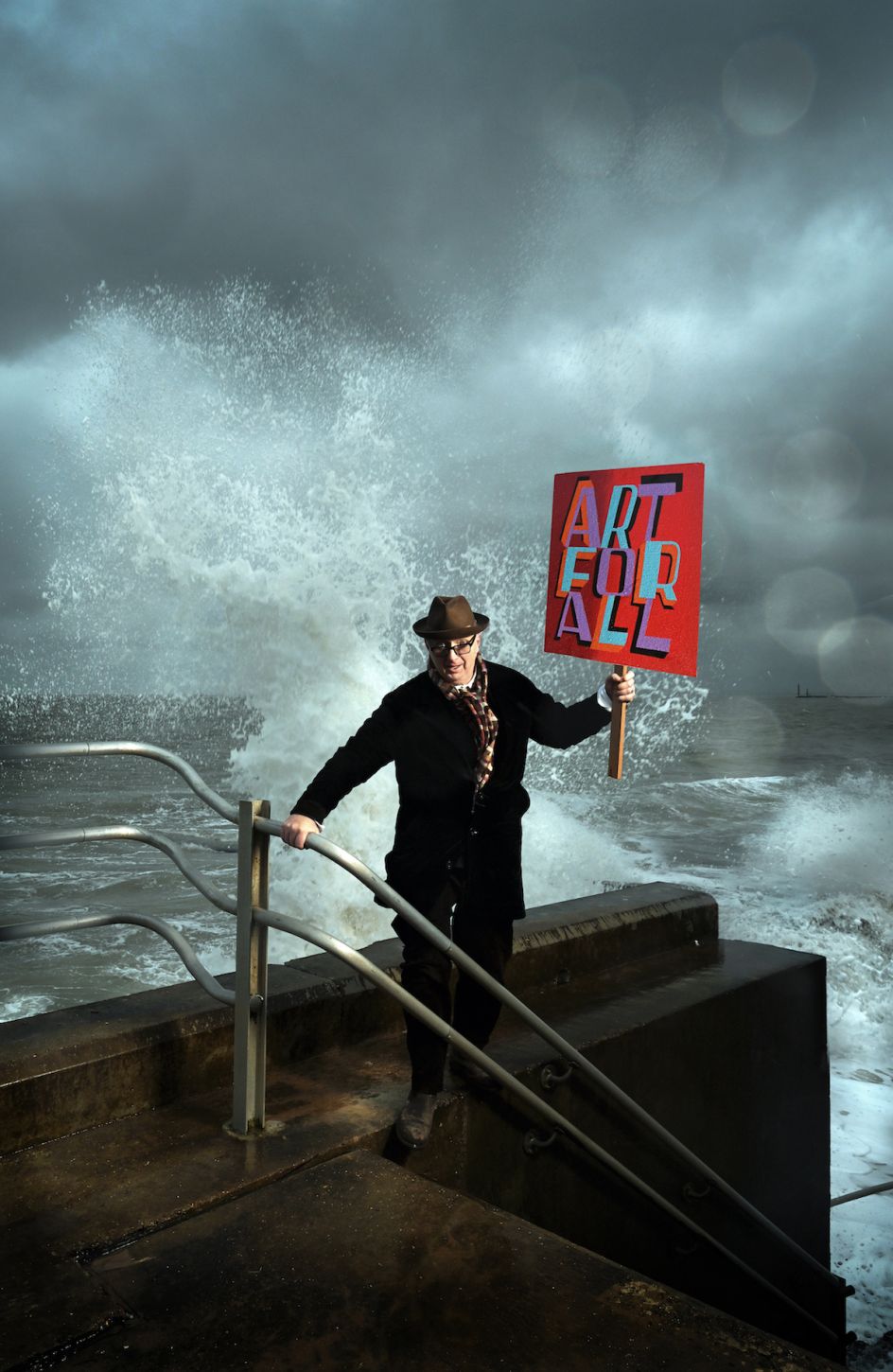
Bob and Roberta Smith, photo by John Millar
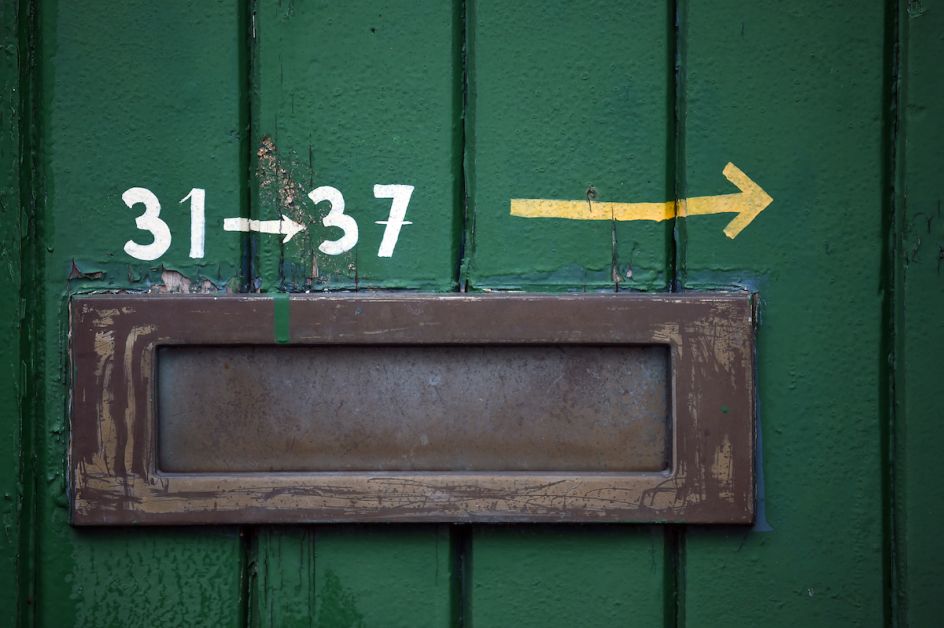
Bob and Roberta Smith, photo by John Millar
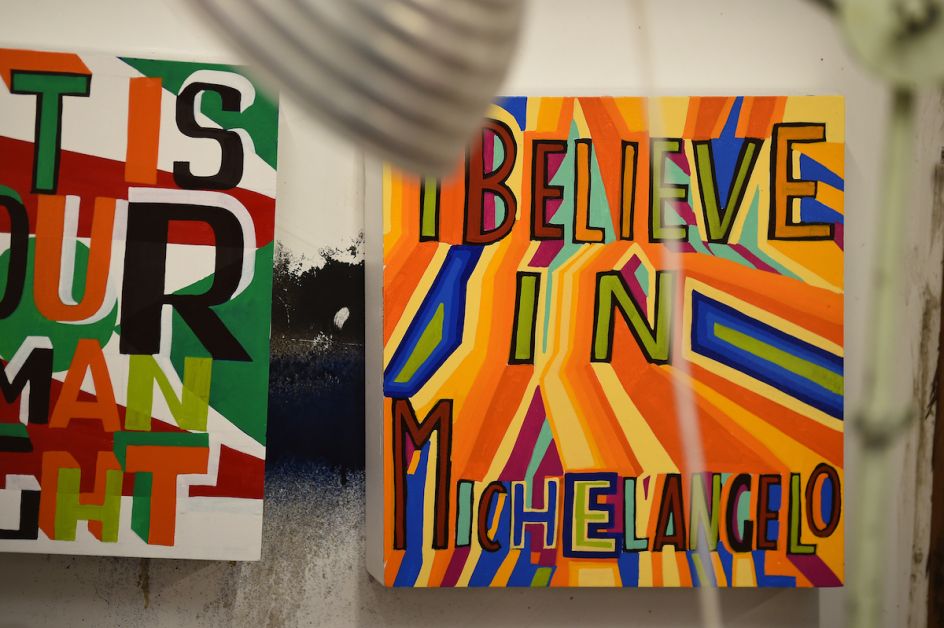
Bob and Roberta Smith, photo by John Millar
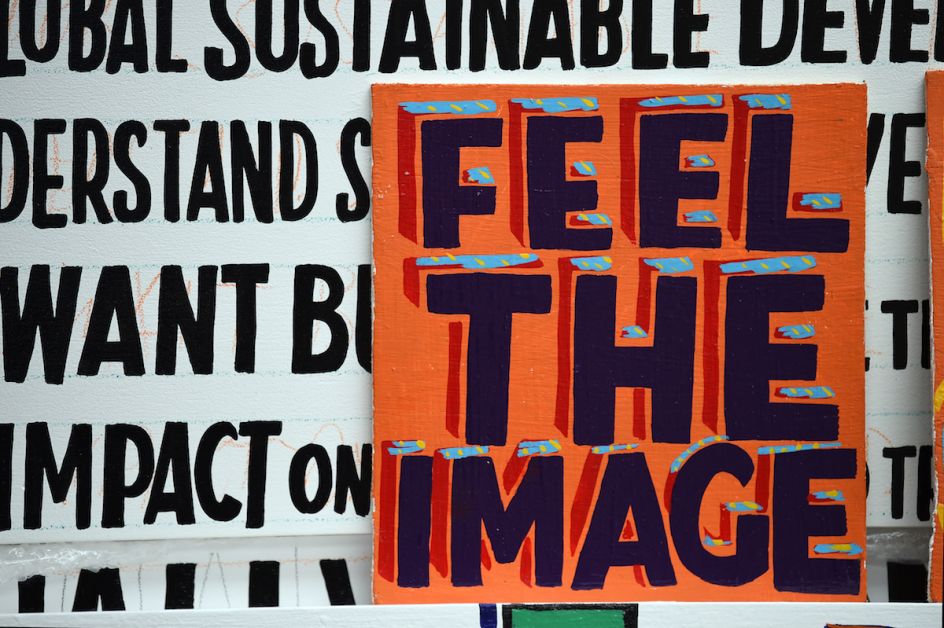
Bob and Roberta Smith, photo by John Millar















